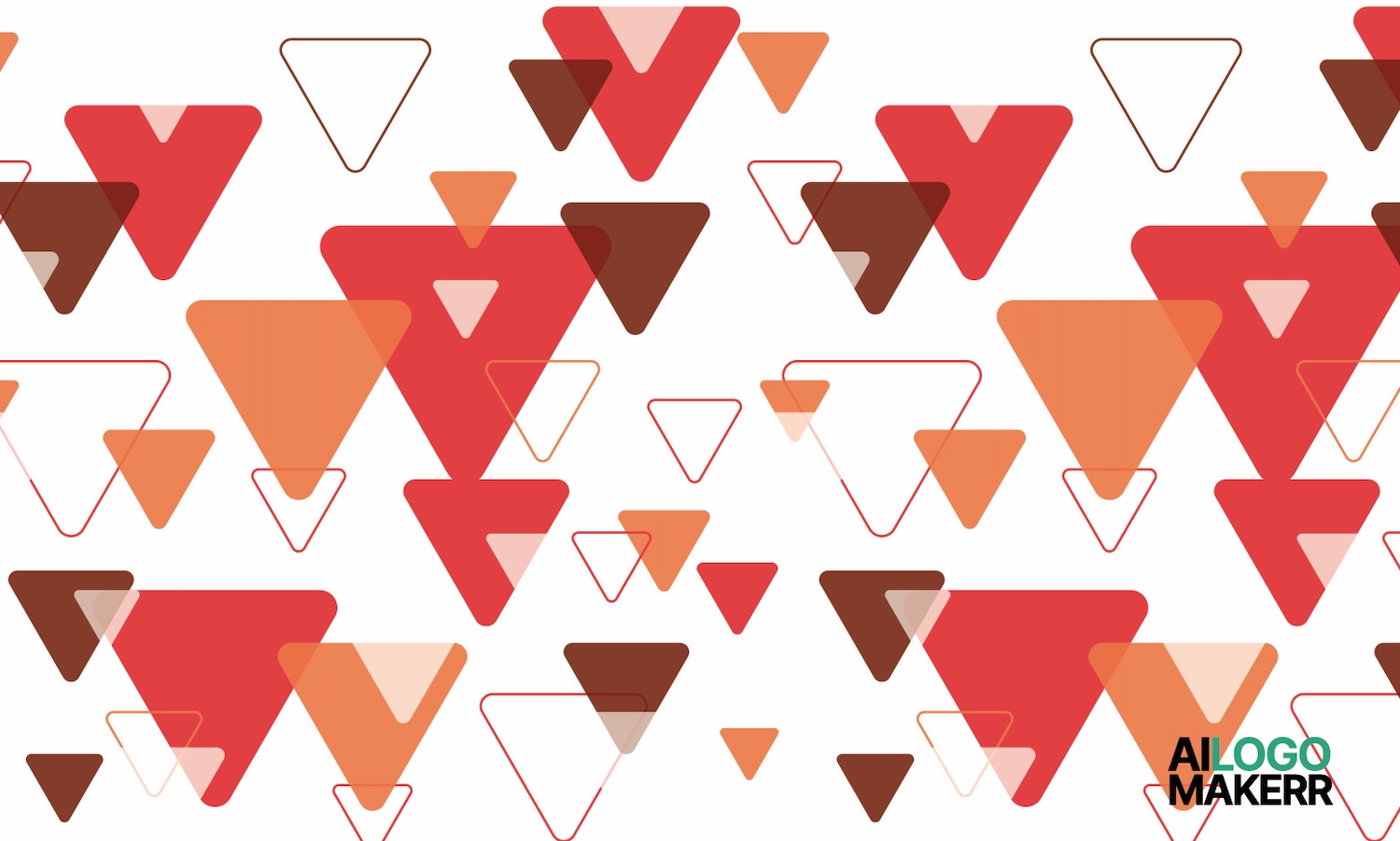When you think of the Olympic Games, what comes to mind? Perhaps it’s the thrill of competition, the inspiring stories of athletes, or the powerful moments of victory. But beyond the sportsmanship and spectacle, there lies another powerful element that ties the Games together: the Olympic logo. This small but mighty symbol is more than just a design, it's a beacon of global unity, connecting cultures from every corner of the world. To create a logo this compelling, we must know the rich history behind this icon.
The Olympic Games: A Celebration of Diversity

The Olympic Games have always been about more than just sports. They’re a celebration of diversity, a gathering of nations that, for a few weeks, set aside differences to come together in the spirit of competition and camaraderie. The Olympic logo, with its iconic rings, encapsulates this ethos. Each of the five interlocking rings represents a different continent, symbolizing the unity and harmony of the world’s nations.
But the Olympic logo is not a static entity. Every host city has the opportunity to reinterpret the logo, infusing it with cultural significance and local flavor. This is where the magic of graphic design truly shines, as designers are tasked with creating a logo that not only represents the Olympic spirit but also pays homage to the host country’s unique identity.
The Power of Symbolism in Logo Design

Logo design is an art form, and when it comes to designing for the Olympic Games, the stakes are high. The logo must be instantly recognizable, yet flexible enough to adapt to different contexts, from billboards to social media to merchandise. It must embody the values of the Olympics while also resonating with a global audience. And, crucially, it must tell a story.
Take the 2020 Tokyo Olympics, for example. The logo, designed by Japanese artist Asao Tokolo, features a checkered pattern that represents unity in diversity. The indigo blue color is a nod to traditional Japanese design, while the geometric shapes reflect the modernity and innovation that Tokyo is known for. This logo is a masterclass in symbolic design, seamlessly blending cultural references with contemporary aesthetics.
The Role of Graphic Design in Bridging Cultures

Graphic design is a universal language, one that transcends borders and connects people from different backgrounds. In the context of the Olympic Games, this language becomes even more powerful. The Olympic logo is often the first point of contact between the Games and the global audience, setting the tone for how the event is perceived.
Designers have the unique challenge of creating a logo that speaks to everyone, regardless of their cultural background. This requires a deep understanding of symbolism, color theory, and cultural nuances. For instance, certain colors and symbols may have different meanings in different cultures, so designers must be mindful of these differences when crafting a logo that aims to unite rather than divide.
The Evolution of Olympic Logos

The Olympic logo has evolved significantly since the first modern Games in 1896. Early logos were often simple and functional, reflecting the utilitarian design trends of the time. However, as the Games grew in scope and significance, so too did the complexity and creativity of the logos.
The 1964 Tokyo Olympics, for instance, marked a turning point in Olympic logo design. The logo featured a minimalist sun symbol, representing Japan’s rising sun, along with the Olympic rings. This was one of the first logos to incorporate cultural elements into the design, setting a precedent for future logos to do the same.
In more recent years, Olympic logos have become increasingly dynamic and interactive, reflecting the digital age we live in. The 2012 London Olympics logo, designed by Wolff Olins, was a bold departure from tradition, featuring jagged lines and bright colors that sparked controversy but also captured the energy and excitement of the Games.
AI and the Future of Olympic Logo Design

As we look to the future, it’s clear that AI will play a significant role in the evolution of Olympic logo design. AI-powered tools can analyze vast amounts of data, from cultural trends to color preferences, helping designers create logos that are both innovative and culturally relevant.
For example, an AI logo generator can quickly create multiple design options based on specific criteria, such as the host city’s cultural heritage or the desired emotional response from the audience. This not only speeds up the design process but also allows for greater experimentation and creativity.
At Ailogomakerr.com, we understand the importance of combining human creativity with AI innovation. Our AI logo design tools are designed to empower designers, giving them the tools they need to create logos that resonate on a global scale. Whether you’re designing for a local business or an international event like the Olympic Games, our platform can help you bring your vision to life.
The Impact of Olympic Logos on Global Branding

Olympic logos do more than just represent the Games, they have a lasting impact on global branding. These logos are seen by millions of people around the world, becoming symbols of the host country’s culture and identity. In many cases, the Olympic logo becomes synonymous with the city or country, leaving a lasting legacy that extends far beyond the closing ceremony.
For instance, the 2008 Beijing Olympics logo, featuring a stylized Chinese character, became an enduring symbol of China’s emergence as a global power. Similarly, the 1992 Barcelona Olympics logo, with its playful abstract design, is still associated with the city’s transformation into a vibrant cultural hub.
In conclusion, Olympic logos are much more than just designs, they are powerful symbols of global unity and cultural exchange. Through thoughtful and creative graphic design, these logos connect people from all walks of life, reminding us of the shared values that bind us together.
As we continue to explore new frontiers in design and technology, platforms like Ailogomakerr.com will play a crucial role in shaping the future of logo design. By leveraging AI and innovative design tools, we can create logos that not only capture the spirit of the Olympic Games but also resonate with a global audience. So, whether you’re designing for the Olympics or your own brand, remember that great design has the power to unite and inspire.





.svg)









